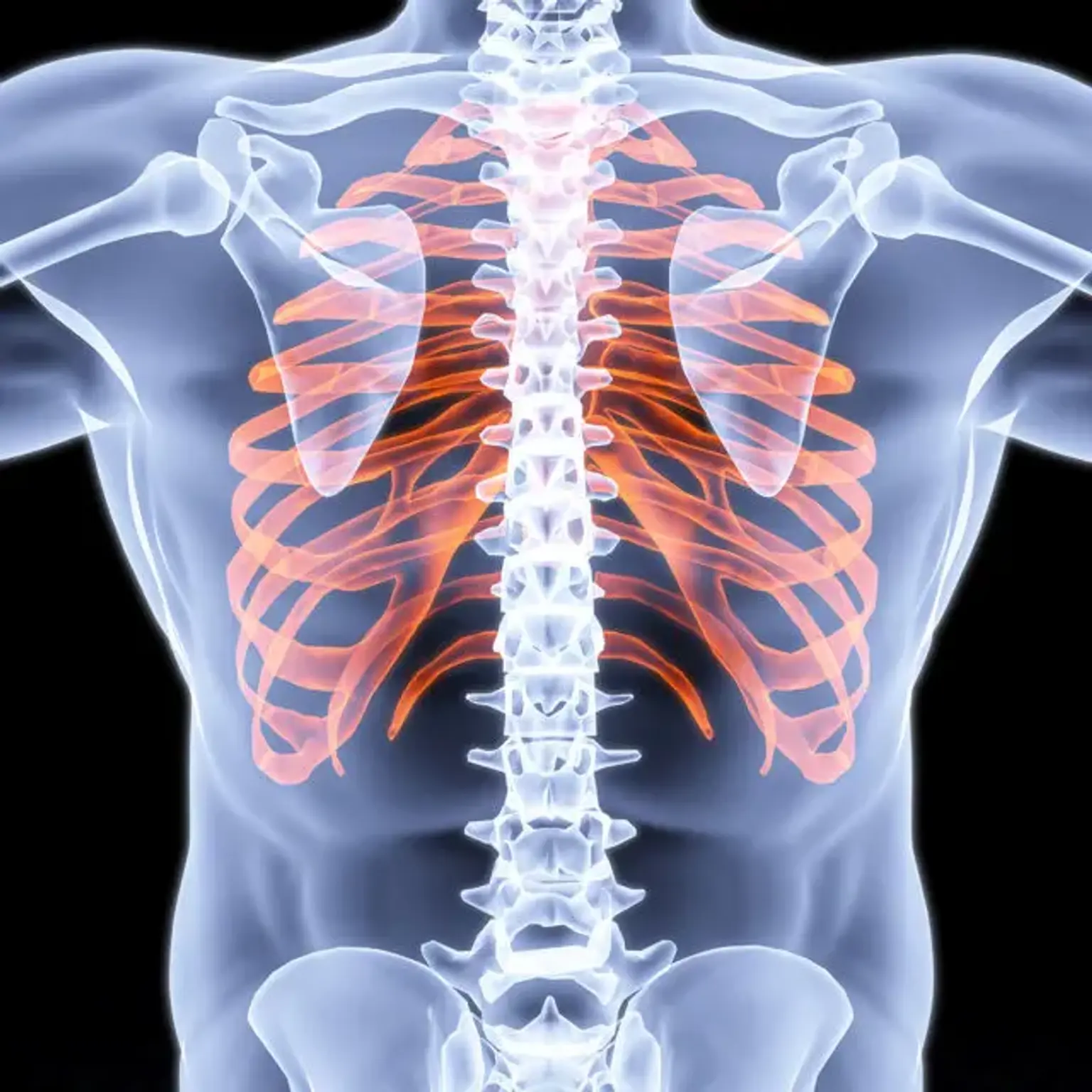Chest Wall Tumors
The chest cavity is a space that encloses the ribs, breast bone, and spine. It also houses the heart, lungs, esophagus, thoracic aorta, and other essential organs. On the other hand, the chest wall comprises the diaphragm and the rib cage. It’s usually strong enough to shield the organs within the thoracic cavity and flexible to move in and outwards when breathing.
However, just like any body structure, the chest wall is also susceptible to diseases and disorders, including tumor growth. This condition is associated with abnormal cell growth, either cancerous (malignant) or non-cancerous (benign). Chest wall tumors can highly affect pulmonary functions; hence early diagnosis and treatment are crucial.
